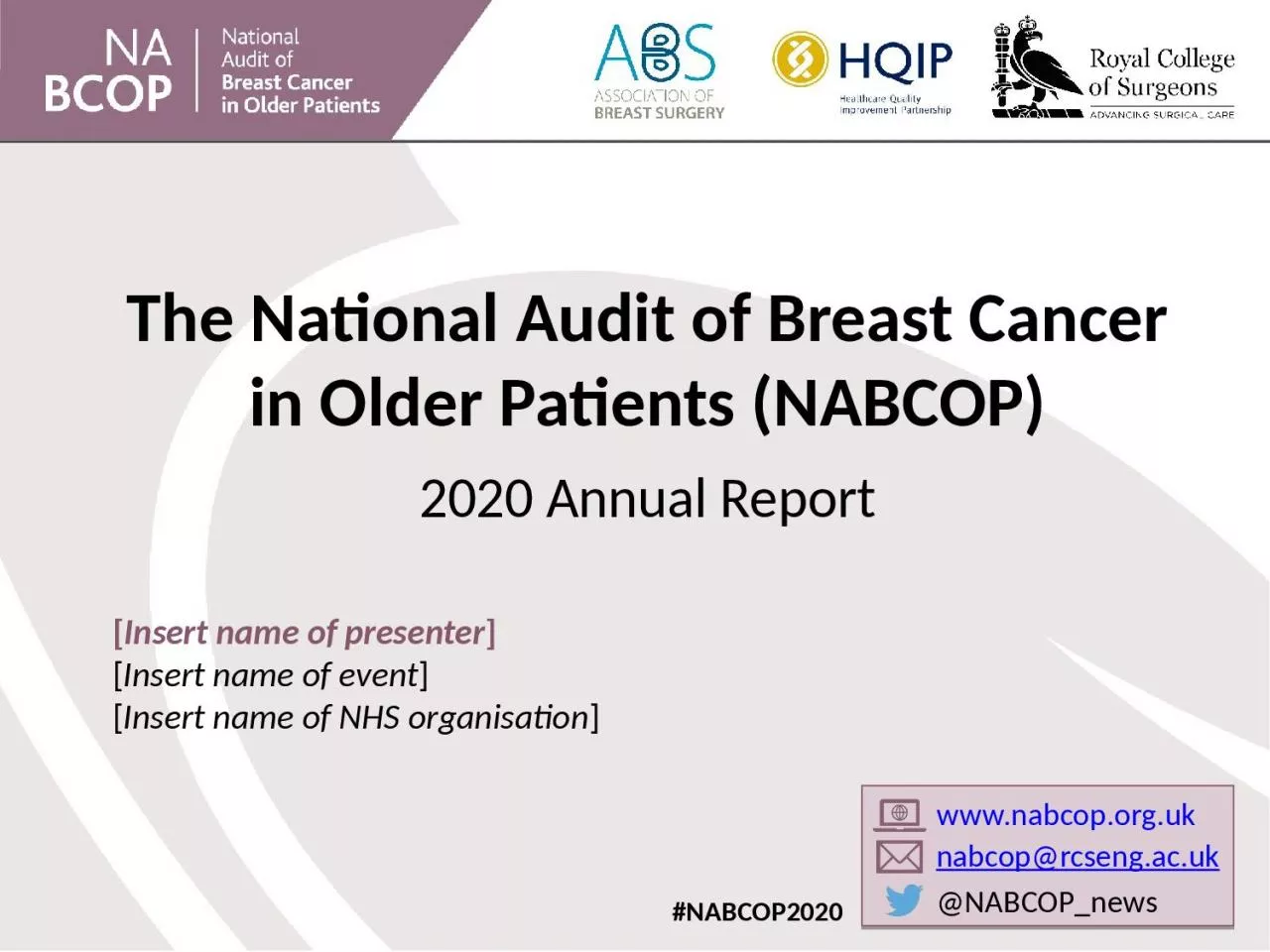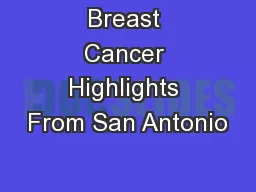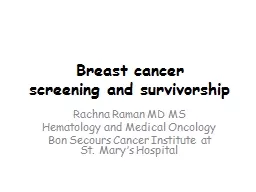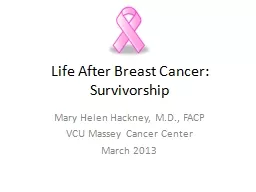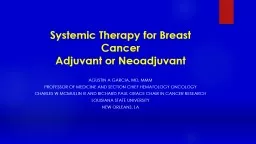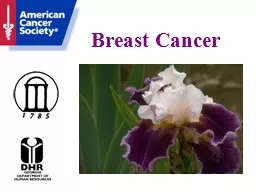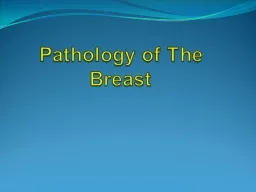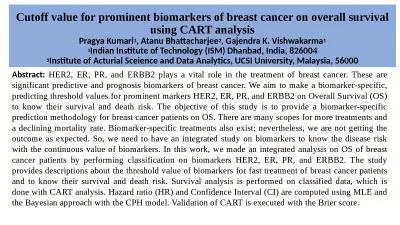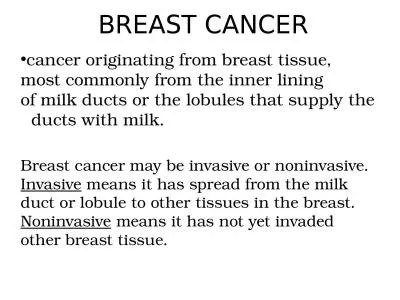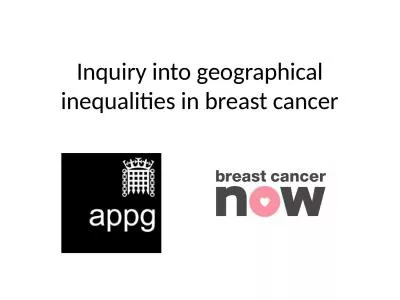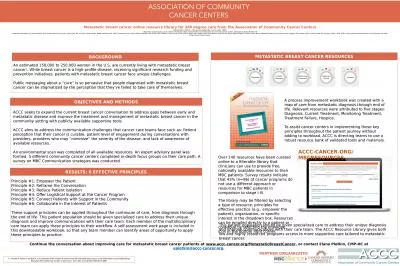PPT-#NABCOP2020 The National Audit of Breast Cancer in Older Patients (NABCOP)
Author : amey | Published Date : 2024-01-29
2020 Annual Report Insert name of presenter Insert name of event Insert name of NHS organisation wwwnabcoporguk nabcoprcsengacuk NABCOPnews What is this slide
Presentation Embed Code
Download Presentation
Download Presentation The PPT/PDF document "#NABCOP2020 The National Audit of Breast..." is the property of its rightful owner. Permission is granted to download and print the materials on this website for personal, non-commercial use only, and to display it on your personal computer provided you do not modify the materials and that you retain all copyright notices contained in the materials. By downloading content from our website, you accept the terms of this agreement.
#NABCOP2020 The National Audit of Breast Cancer in Older Patients (NABCOP): Transcript
Download Rules Of Document
"#NABCOP2020 The National Audit of Breast Cancer in Older Patients (NABCOP)"The content belongs to its owner. You may download and print it for personal use, without modification, and keep all copyright notices. By downloading, you agree to these terms.
Related Documents

